How well-behaved is your furniture?
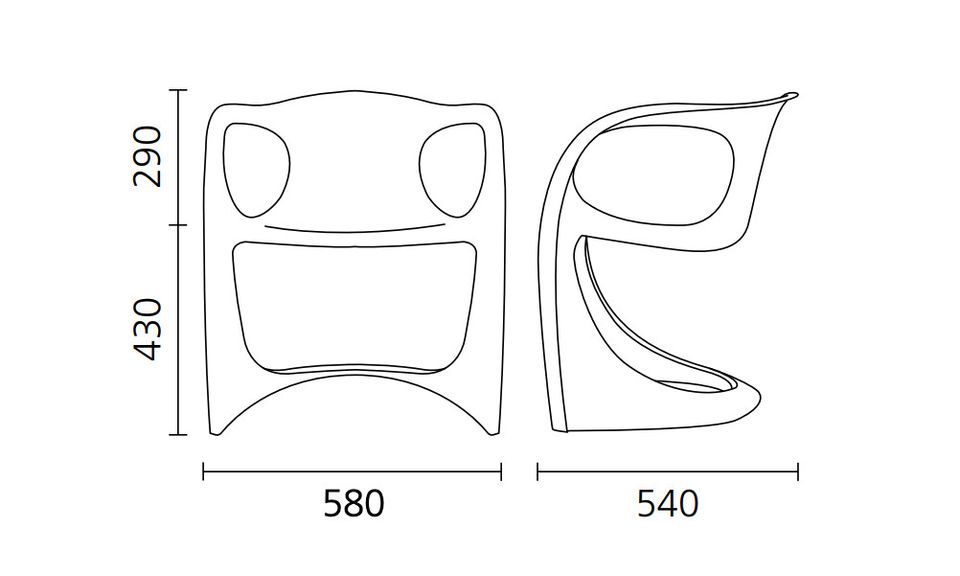
One of my favourite vintage finds over the past few years was a Casalino chair: a swirl of smoked Lucite, inspired by wisps of fog.
I spotted it on Kijiji and was instantly taken by its cantilevered structure and ghostly curves. Here are two of the photos that wowed me:
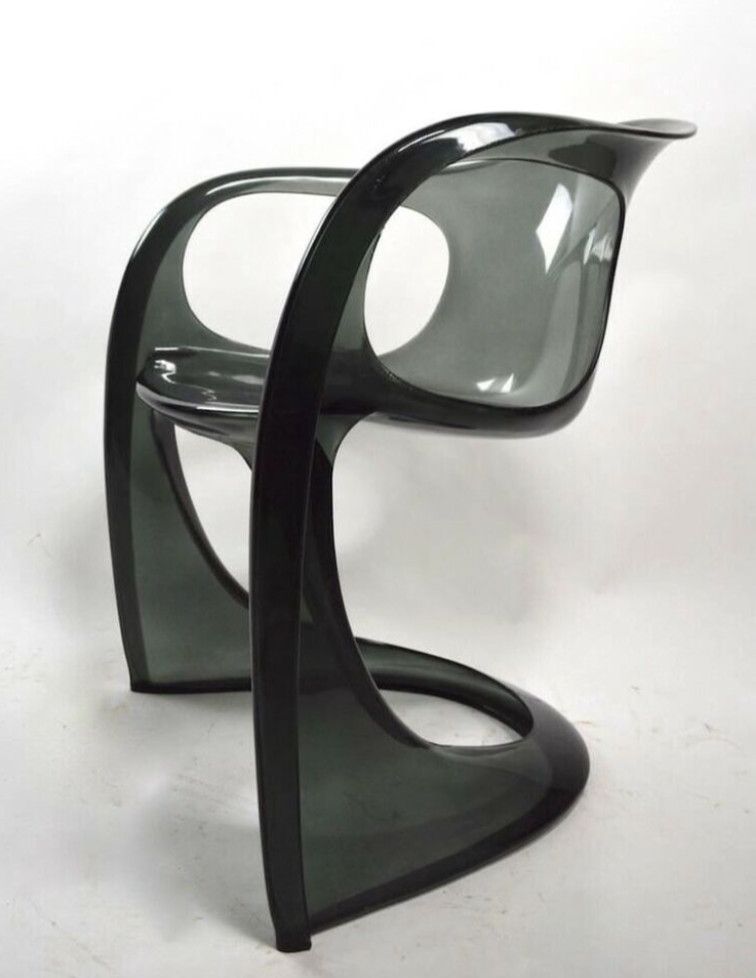
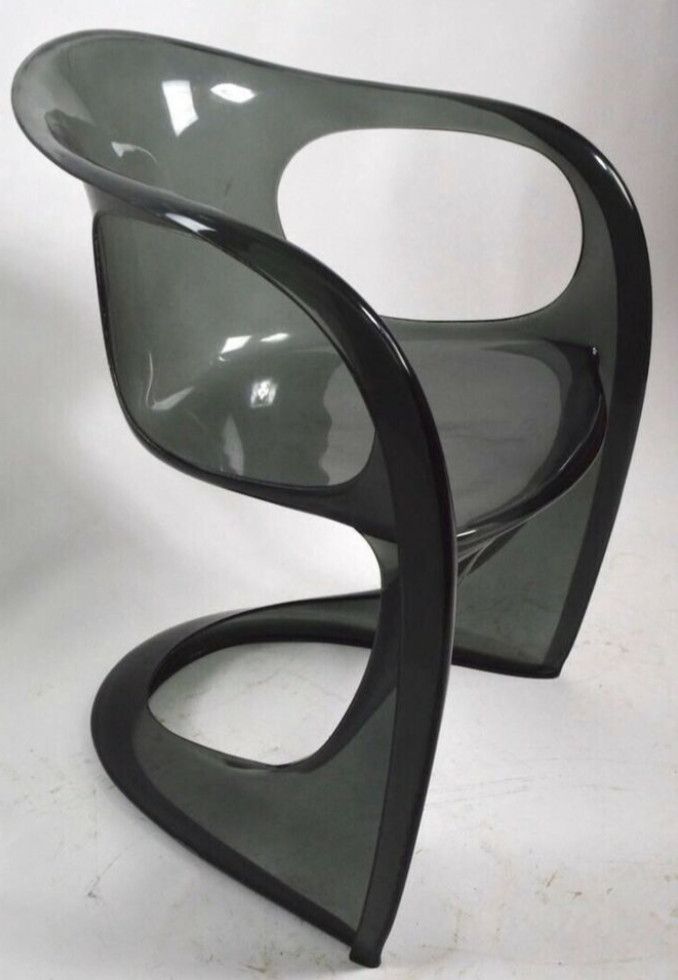
I had never seen or heard of this chair in my life and wanted it immediately. Fortunately, the posting was only a few hours old and I was first to act. It turned out the owner lived just a few blocks from me: 120 dollars and a short walk later I was the proud new owner of a functional sculpture that's been the star of my living room ever since.
When I researched the chair I discovered that it dated from 1971 and was by a designer named Alexander Begge – who did nothing further in the furniture world after his Casalino line. It didn't surprise me: Why continue after such a show-stopper?
One of the blurbs I read about it described it as "a less well-behaved relative of the Panton chair." I'm paraphrasing here – I haven't been able to relocate the original quotation.
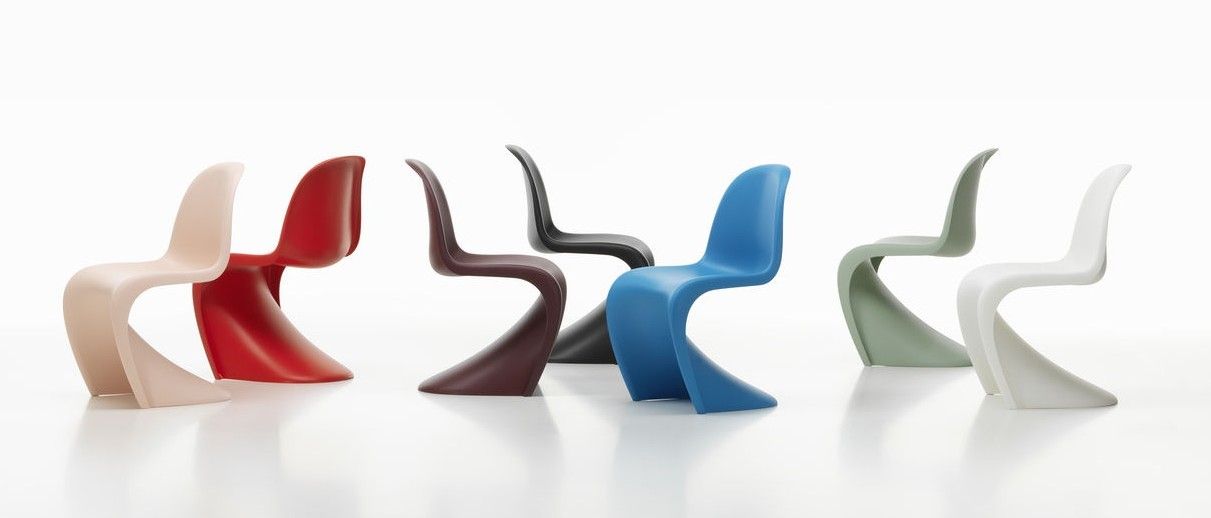
It got me thinking: Do styles of furniture represent types of behaviour? Maybe it's possible to arrange all the furniture in the world along a spectrum, from prim to unconstrained, polite to rambunctious.
While most furniture lands somewhere in the middle of the spectrum, the extremes are easy to identify. A kitchen chair that keeps you straight-backed at breakfast is at one end. A beanbag chair that lets you sprawl in front of the TV is at the other.
We all need some Goofus
When I was a kid, my Mom subscribed my three brothers and I to a magazine named Highlights for Children. It was meant to be wholesome entertainment. I would have preferred Mad Magazine, but I learned to enjoy the puzzles and stories when short of other diversions.
One of the regular features in the magazine was called Goofus and Gallant. It paired drawings of two boys, Goofus who had terrible manners and Gallant who was a model child.
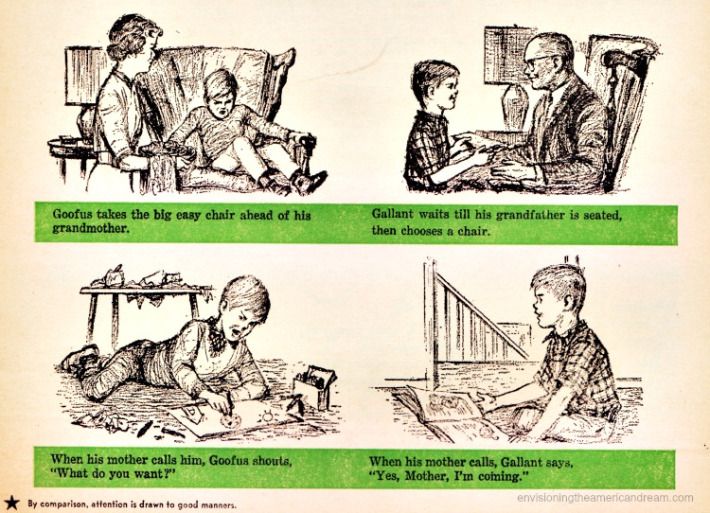
The intent was obvious: if my brothers and I would absorb these comparisons issue after issue, we'd become upstanding citizens.
There was only one problem. Gallant was vaguely annoying. Goofus was far more relatable and appealing. I'm sure my brothers and I got as many ideas about how to misbehave as behave from the feature.
It's a lesson that you can apply to the design of any room. Too many stiff and formal pieces can be stultifying. Go for a bit of rudeness to make an interior come alive.
When unsure of what to add next to your space, look to the Casalino chair for inspiration. A blast of unruliness is magic.
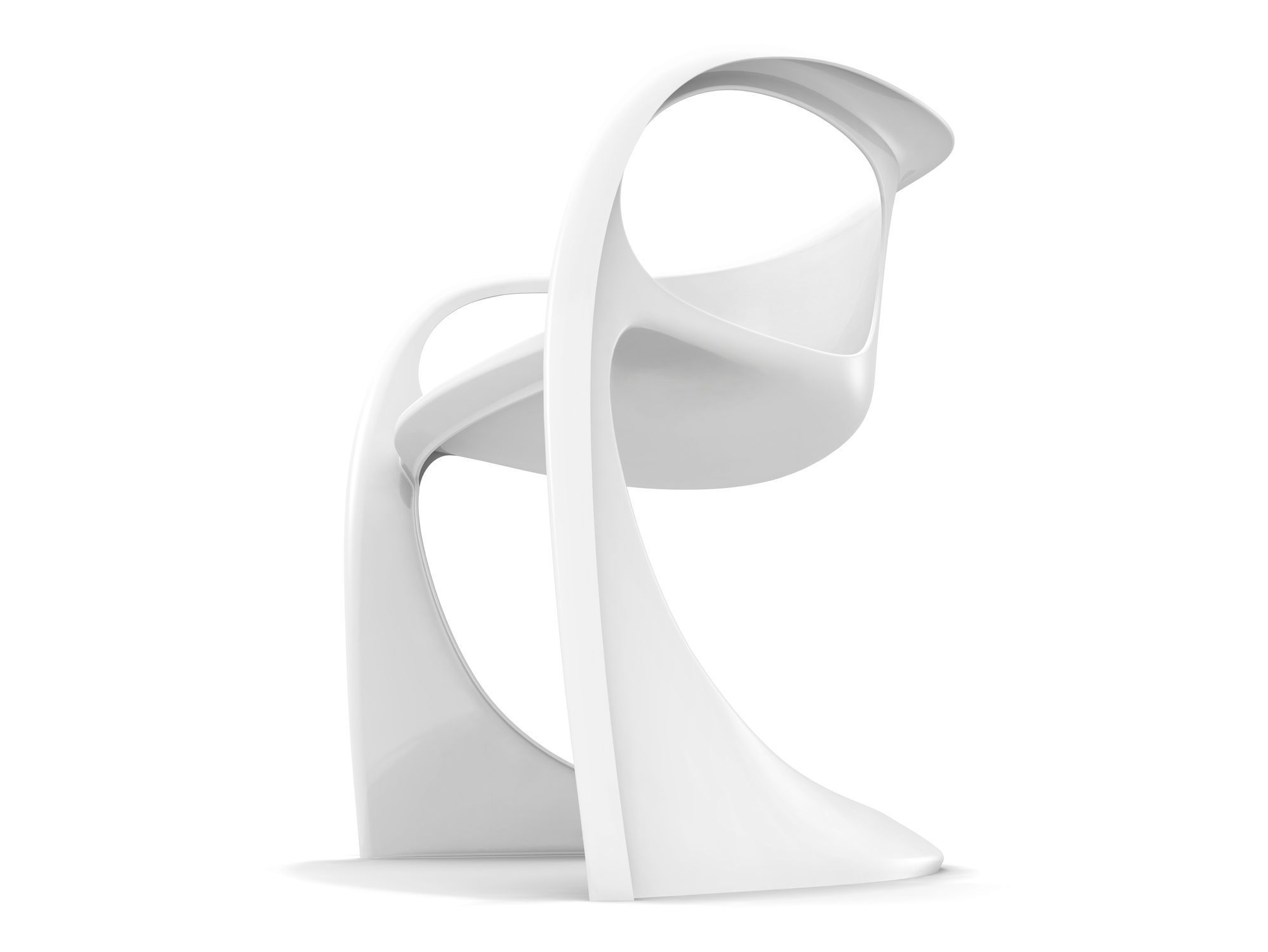



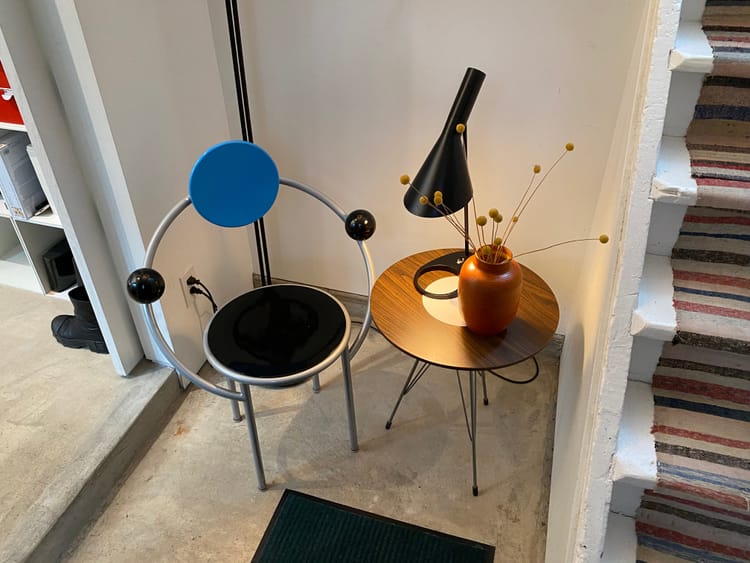


Member discussion